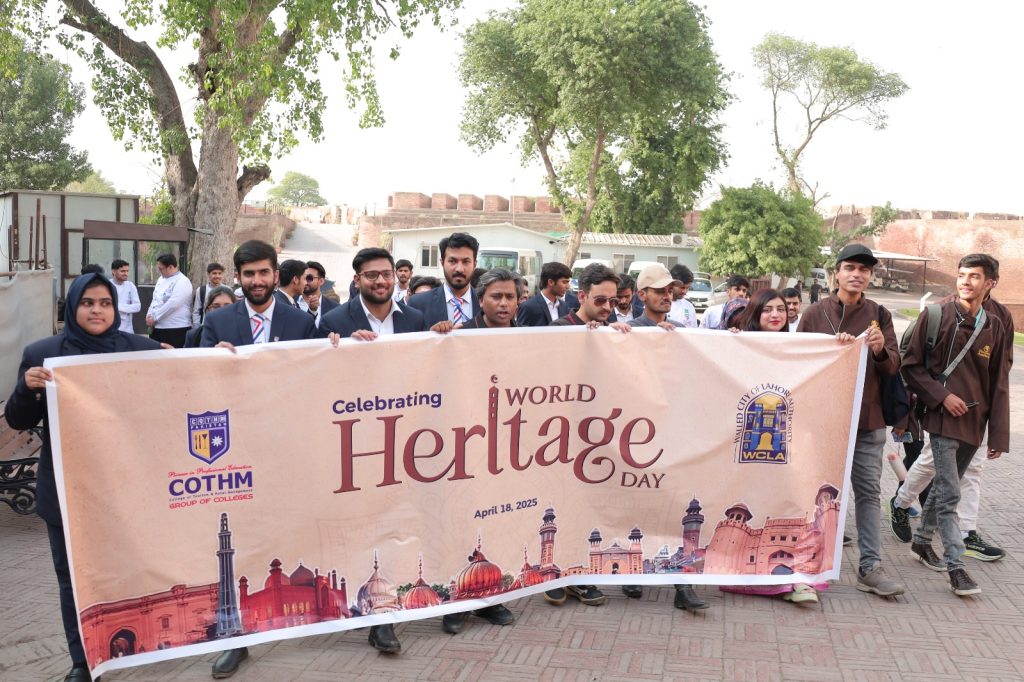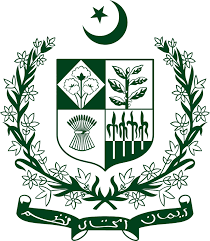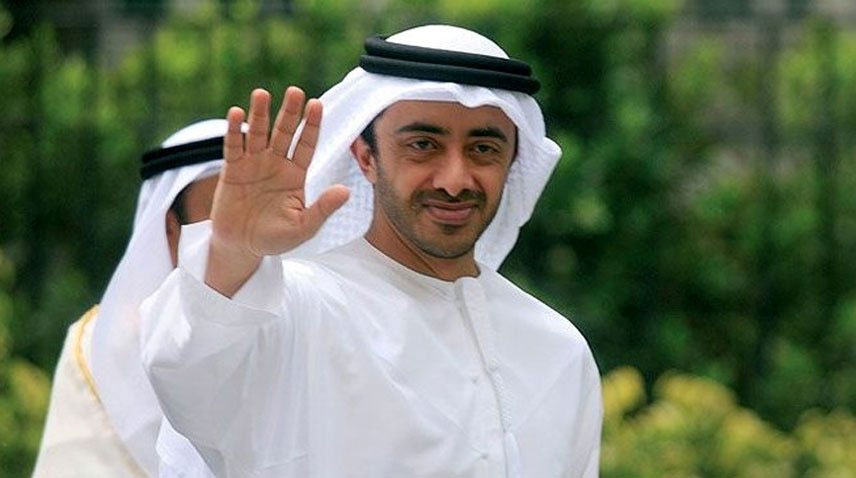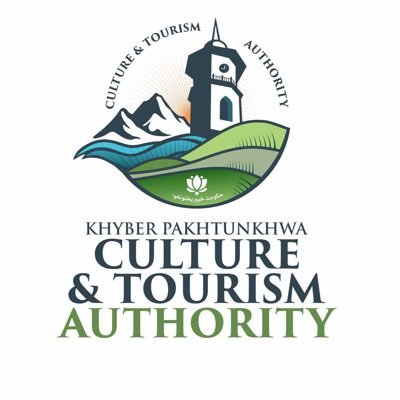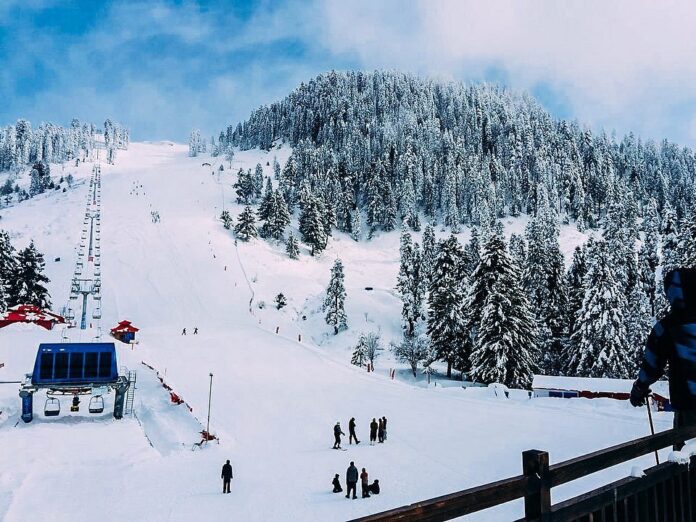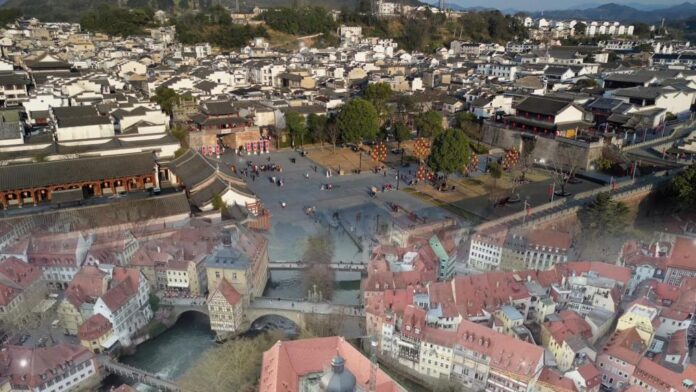Tourism is one of the best ways of generating revenue for any country. Apart from generating revenue, it helps in the promotion of the culture and civilization of a particular country. Since, Pakistan is rich in diverse cultures, civilizations, and traditions, with beautiful landscapes, heavenly sights, and historical places; it holds a great tourism potential, which regrettably remained elusive.
Moreover, Pakistan has a plethora of historical, religious, archeological, or adventurous sites that could attract a large number of tourists from around the world. Regrettably, Pakistan failed to cash its full potential in the tourism industry owing to multifarious factors and challenges that impede or have always impeded the country from becoming the world’s top or best tourist destination.
Country’s tourism industry has long suffered due to lack of funds, shortage of expertise, and policies of the government. This resulted in tourism bodies and provincial governments to not take drastic steps to develop a national and provincial tourism policy.
However, the current government has highlighted the tourism industry after the construction and real estate industry as one of the most significant industries to develop and improve the economic conditions, especially after the outbreak of COVID-19.
For a systemic transformation, the government should introduce broader tourism policies, rules and regulations exploring the socio-economic aims for tourism growth, and promoting the involvement of the private sector, to invite investments, and encourage tourism, both nationally and internationally.
Proper policies and effective implementation of policies will not only develop the tourism Industry, but also create employment, unveil more and more opportunities, and generate revenues including foreign exchange.
The very first thing that needs to be addressed is the delay in launching brand Pakistan initiative as it is the only way Pakistan can expose its tourism potential to the outer world. A proper strategized plan must be introduced very soon to make the world count Pakistan’s unlimited tourism attractions. All the countries in the world who want tourism sector as one of their prime industries to generate revenue brand themselves as a tourist attraction and create attractive slogans in this regard. Some of them are ‘Turkey – “Be Our Guest, ‘The United Kingdom – Home of Amazing Moments’, ‘Slovakia – Travel in Slovakia, Good Idea’ and ‘India – The Incredible India’. World Expo Dubai was the best time when Pakistan could introduce itself to the world as an established tourist destination but no effort at government level has been witnessed so far. Such events must be utilized for the collective good of hospitality and tourism sectors.
The government should also focus on improving existing infrastructure as per international standards, including road connectivity, airports, transport system, etc. Recently, Prime Minister Imran Khan has inaugurated a couple of highways and motorways that is appreciable but the network of roads and infrastructural development should be planned and well-thought-out.
The world has witnessed the surge of information technology (IT), triggered by the outbreak of COVID-19. ‘Digital transformation’ has what kept the world connected, causing internet usability and e-commerce penetration to increase by 15-25%. Using this model, the government should make such facilities available to the hospitality stakeholders in every nook and corner of the country so that vertical growth might be ensured in the long run. Such advancement will not only help the hospitality sector with publicity but will also become a bridge to identify the gap and meet the demand of the tourists.
The tourism industry is considered as the backbone of the economy of any nation. Being a ‘developing country’, Pakistan’s tourism industry has the potential and zeal to turn this weakness into its strength. Hence, to be able to compete in the global arena, the government must explore the wonders the tourism industry of Pakistan offers. This comprises all the avenues, including various tourist attractions, enhancement of tourism bodies by introducing authorities on provincial levels, adoption of policy framework, conservation of existing locations and launch of more tourist sites.



